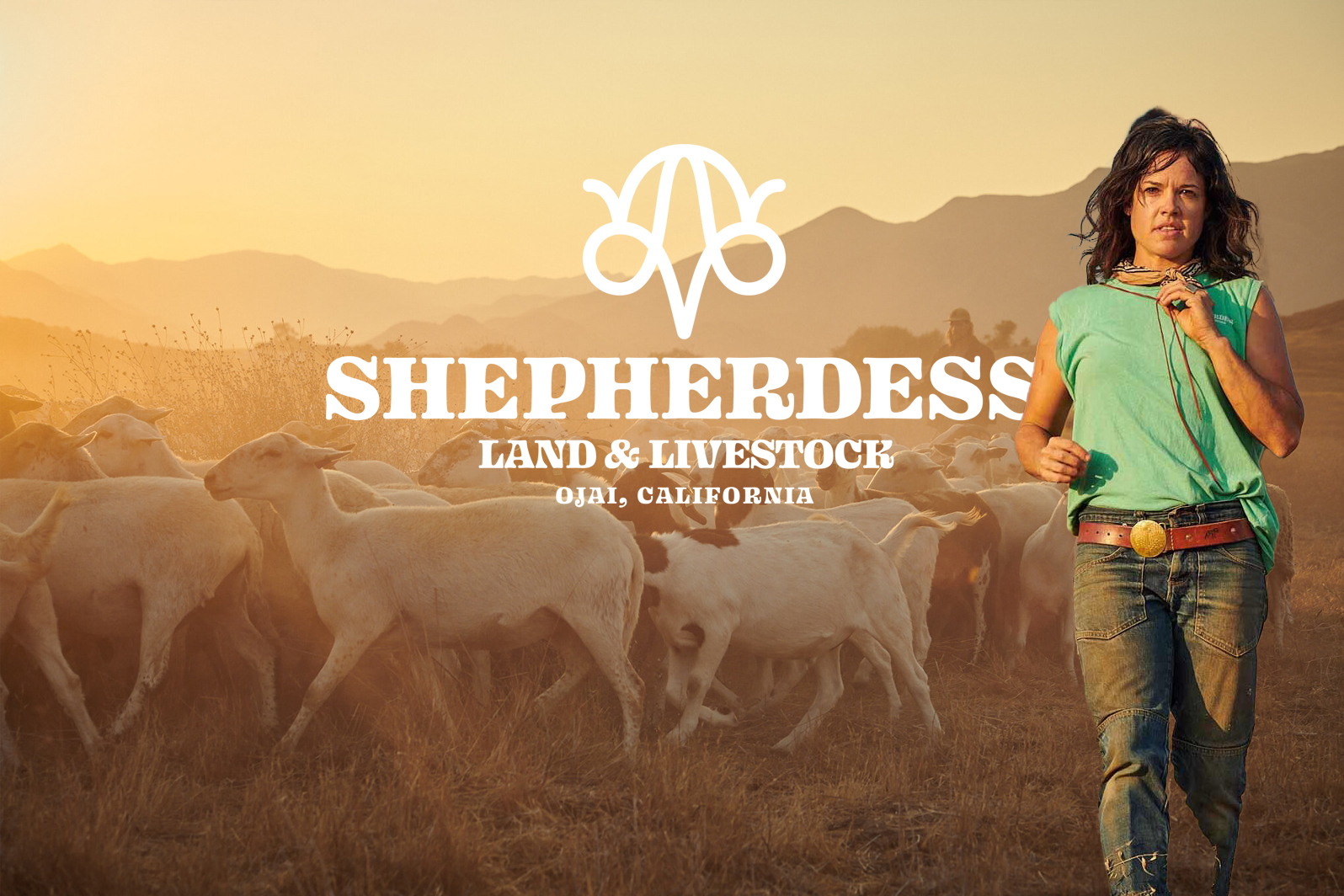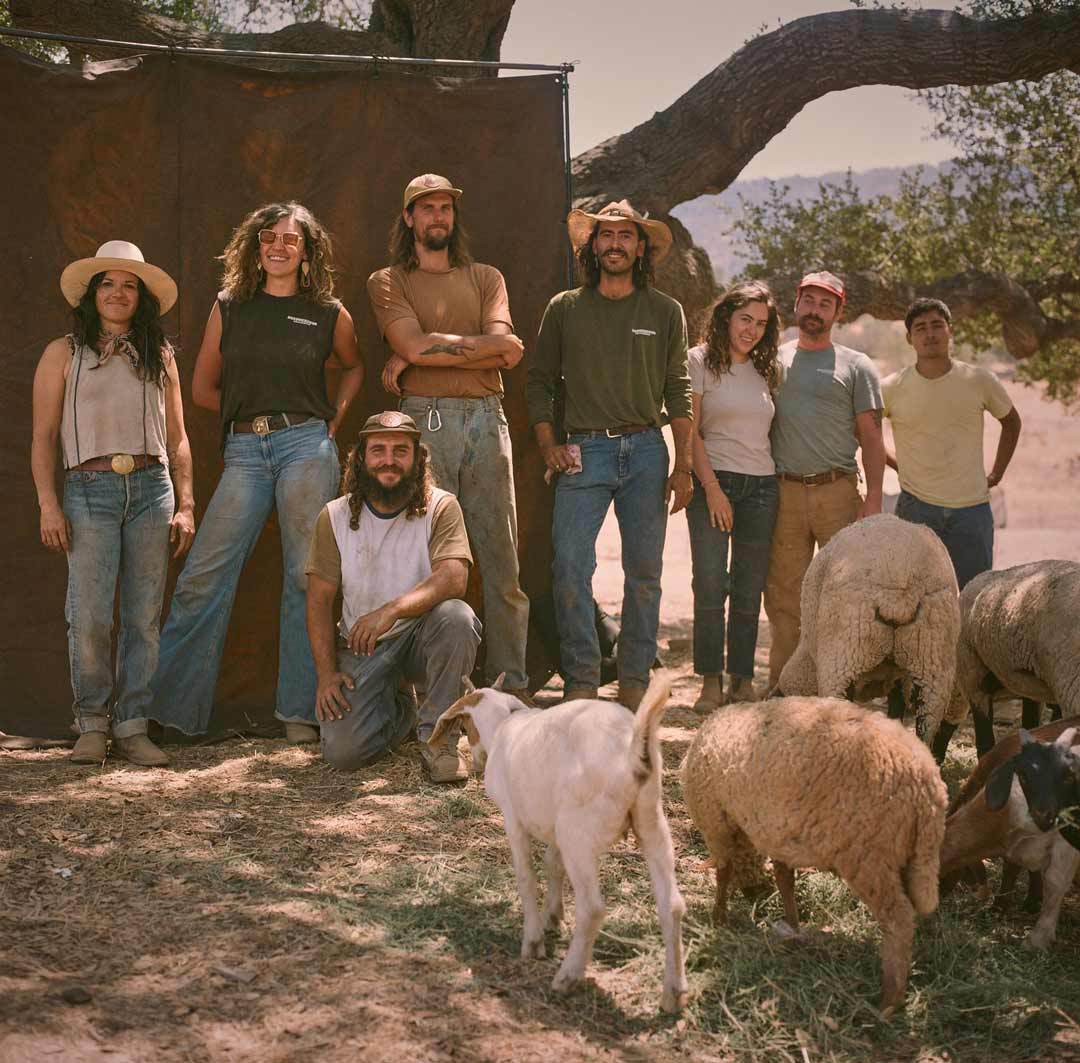07 Sep Fire Prevention: How Goats and Sheep Protect Our Lands and Livelihood

Stewards of the Land
In recent years, wildfires have become increasingly devastating, wreaking havoc on communities, ecosystems, and livelihoods. And while these wildfires have always been a natural (and even essential) part of life, playing a crucial role in maintaining biodiversity and promoting healthy growth, the recent increase has been anything but natural. Their growing frequency and intensity can be directly attributed to a combination of factors, including climate change, land mismanagement, and human activities. In turn, these catastrophic fires not only endanger human lives but also have far-reaching ecological and economic consequences. But companies like Shepherdess are making a difference.
As stewards of the land, it is our responsibility to protect and preserve the environment and the resources it provides. This belief has led the lamb industry in particular to take a proactive approach to fire prevention.
One remarkable trailblazer is Brittany Cole Bush, owner of Shepherdess Land and Livestock in the Ojai Valley of California, and Dylan Boeken, their lead shepherd.
Fire Prevention, the Shepherdess Way
Before we share a solution, let’s start with a definition.
Fire prevention is a proactive strategy that focuses on minimizing the risk of fires, reducing their severity, and ensuring a swift response to mitigate their impact. By implementing effective fire prevention measures, we can protect our homes, businesses, and natural resources while maintaining the delicate balance of our ecosystems.
Today, shepherdess Brittany Cole Bush and shepherd Dylan Boeken utilize targeted grazing methods that offer several key benefits:
- Aid in mitigating the spread of invasive species
- Enhance soil health
- Improve the functionality of watersheds
- Contribute to wildfire control
- Protect the environment and support sustainable agriculture
How exactly does targeted grazing work?
Targeted grazing utilizes the flock of sheep and goats to help reduce the risk of wildfires by consuming the amount of dry vegetation that acts as fuel. These grazing livestock also help control the spread of invasive plant species while promoting the growth of native grasses, creating natural firebreaks that slow down the progress of wildfires.

Cole (as her friends call her) believes that the term Shepherdess is “the marriage of innovative approaches and land stewardship.” And innovation is the evolution of the herding strategy. Here’s a glimpse at what this strategy involves:
- Landowners hire Shepherdess Land and Livestock during grazing season
- 700 head flock are seasonally deployed and up to an additional 1,200 are contracted at peak season.
- The flock and guard dogs are fenced in targeted areas
- The flock assists in clearing brush that potentially fuels the wildfires
- They are strategically rotated so the land doesn’t become completely bare and the flock remains happy, healthy, and well fed
- As a result, the cleared land can be used for orchards, vineyards, and more
- The land owners and livestock owners benefit, plus the sheep and goats are well compensated in their favorite currency
And Cole’s efforts don’t stop there. She says, “I’m trying to work to train shepherds, but also elevate them as entrepreneurs, or help them to manifest their own dreams within my business.” This includes the support of wool industry members along with the meat industry members.

Dylan Boeken (Photo credit: Ben Bishop)
“I think people get joy out of knowing this is a product of work that’s protecting the city from another fire like that happening. They want to support that endeavor,” says Boeken.
This kind of mutually beneficial collaboration is an example of where sustainable agriculture is headed: supporting and protecting the land and its resources for future generations. “People need to be more connected to their food source and where things come from,” says Cole. “Having more sheep in the public eye is the opportunity that we need, because the conversation can be started.”
To read more about these efforts, check out the original article from the American Lamb Board here. Also learn more about Brittany and Dylan through their websites: shepherdesslandl.co | brittanycolebush.com | boekhouse.com and Instagram: @shepherdess.land.and.livestock | @bcbshepherdess | @boek_house

